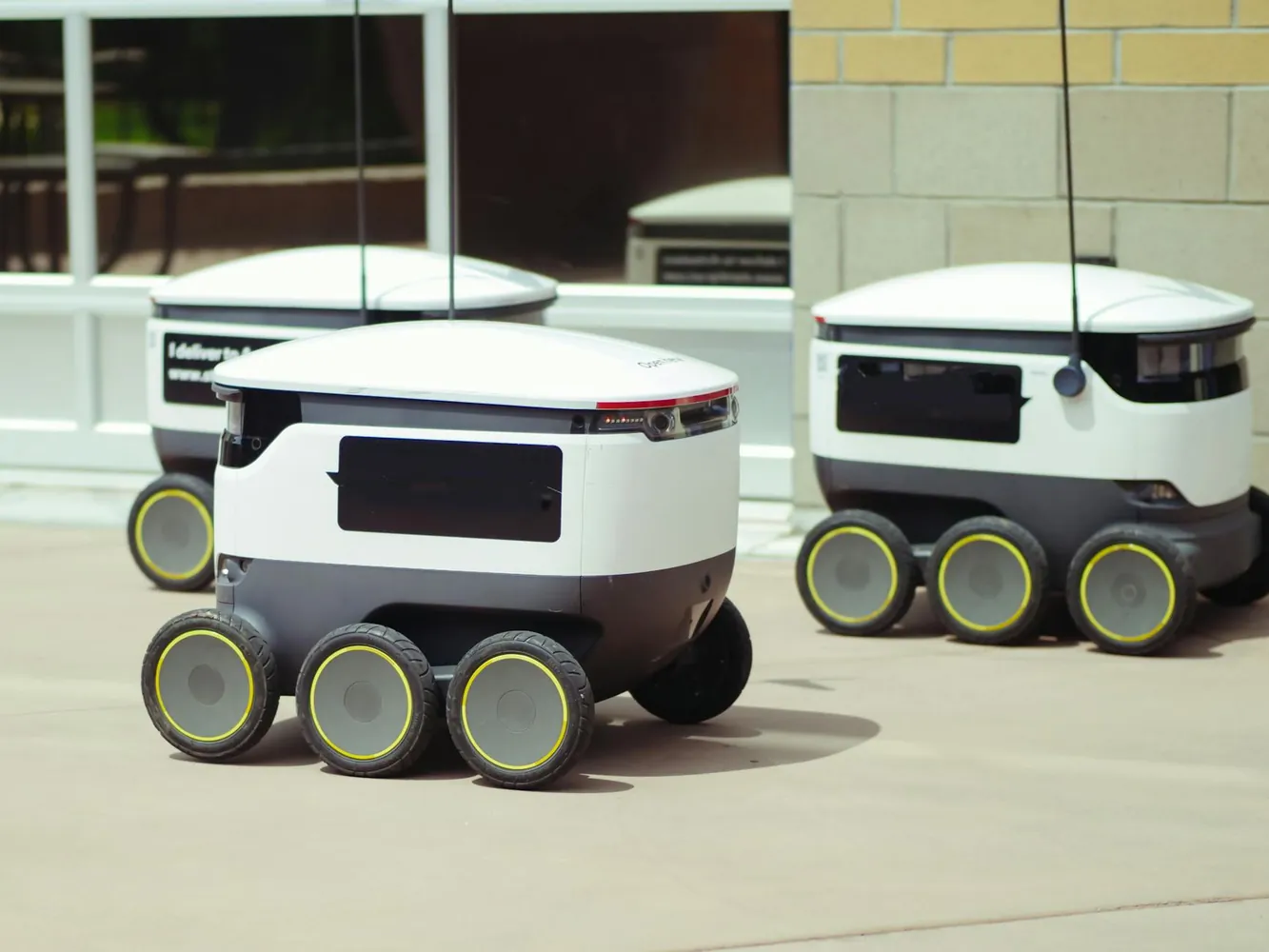Implementing AI-Integrated Swarm Robotics for Streamlined Delivery Routes

Revolutionizing Urban Deliveries with Swarm Robotics
In recent years, the explosion of e-commerce has put unprecedented pressure on logistics systems. The challenge is particularly acute in urban areas, where traffic congestion, varied delivery points, and unpredictable human activities complicate the task. Enter swarm robotics, a novel approach that promises to revolutionize package delivery through the use of coordinated, autonomous robots guided by sophisticated AI algorithms.

The Concept of Swarm Robotics
Swarm robotics draws inspiration from biological systems like bee colonies or ant swarms, where individuals act based on local information and simple rules to achieve a collective goal. This paradigm shifts away from centralized control to decentralized coordination, making it more resilient to single-point failures and adaptable to changing environments.
AI Algorithms: The Brain Behind the Brawn
At the core of successful swarm robotics implementation in delivery logistics are AI algorithms. These algorithms enable the swarm to self-organize, make real-time decisions, and optimize routes based on current conditions.
Reinforcement Learning in Swarms
Reinforcement learning is particularly well-suited to swarm robotics. Here, robots are rewarded for actions that improve the delivery process—like minimizing distance traveled or time spent in transit. Over time, the swarm learns which behaviors lead to successful outcomes.
Path Planning with AI
Advanced path planning algorithms allow individual robots to autonomously determine optimal routes, avoiding traffic jams and navigating complex urban landscapes effectively. Techniques such as A* or Dijkstra’s algorithm can be enhanced with AI to provide dynamic routing capabilities.
Pilot Program Implementation Checklist
Implementing AI-integrated swarm robotics involves multiple stages. The following checklist provides a structured approach:
- Feasibility Study: Analyze urban layouts and logistical demands to assess suitability for swarm robotics.
- Stakeholder Engagement: Collaborate with local authorities and logistics companies for support and integration.
- Technology Assessment: Evaluate existing technologies and identify gaps for AI and robotics deployment.
- Prototype Development: Create small-scale models to test algorithms and hardware in controlled environments.
- Data Infrastructure: Establish robust data collection and analysis frameworks to support AI training.
- Pilot Execution: Deploy the prototype in a selected urban area, monitor performance, and gather insights.
- Feedback Loop: Use collected data for iterative improvements in robot behavior and routing efficiency.
Case Study: Successful Pilot in Barcelona
A case study that exemplifies this approach is a pilot program conducted in Barcelona, where a fleet of robotic delivery units successfully reduced delivery times by 30% over traditional methods. By leveraging real-time traffic data and predictive analytics, these robots adjusted their routes dynamically, avoiding congestion and ensuring timely deliveries.
Challenges and Mitigations
While promising, implementing AI-driven swarm robotics is not without challenges. Security concerns such as hacking or misuse of autonomous systems must be addressed through strong encryption protocols and regular system audits. Additionally, public acceptance requires careful management—transparent communication about benefits and safety is crucial.
Regulatory Considerations
Navigating regulatory landscapes is another significant hurdle. Obtaining permissions for autonomous deliveries in public spaces demands collaboration with local governments and compliance with existing traffic laws.
Sustainability Impacts
The environmental benefits of using electric-powered delivery robots cannot be overlooked. These systems contribute to reduced emissions compared to conventional vehicle-based deliveries, aligning with broader sustainability goals.
The Future Landscape of Urban Deliveries
The future of urban deliveries likely involves a hybrid model combining swarm robotics with traditional methods. As AI technologies mature and public infrastructure adapts, swarm robotics could become an integral part of how goods move in cities worldwide.
In conclusion, while we are still in the early stages of fully realizing AI-integrated swarm robotics in urban logistics, the potential for streamlined delivery routes is immense. Through thoughtful implementation and continuous innovation, cities can transform their logistical frameworks to be more efficient, resilient, and environmentally friendly.
 Modern Knowledge House
Modern Knowledge House